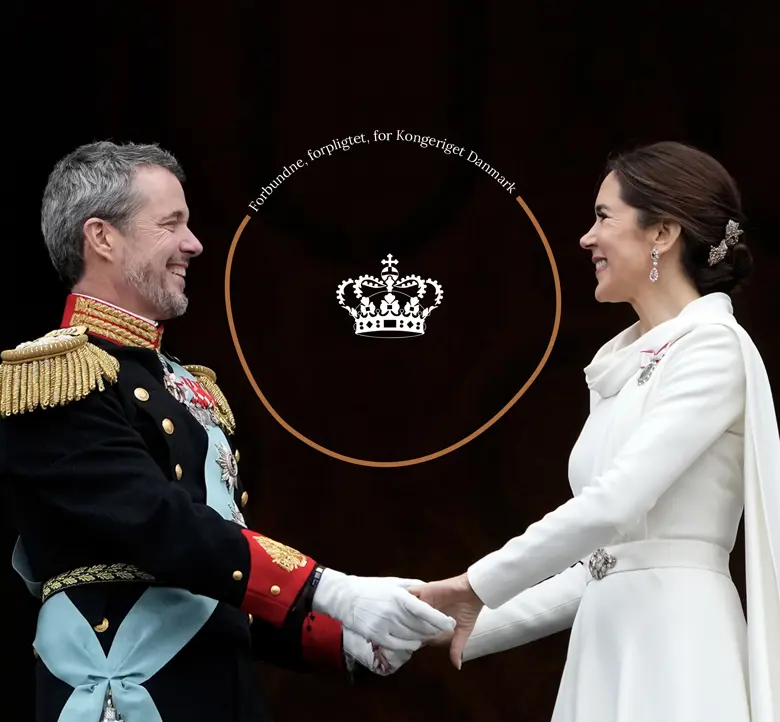MARSELISBORG PALACE

In connection with Christmas, HM The Queen and HRH The Prince Consort will transfer their residence from Amalienborg to Marselisborg Palace this evening.
In 1896, the city of Aarhus bought the Marselisborg estate, which for centuries had had various owners, including Constantin Marselis, Christian V and Ulrik Christian Gyldenløve.
In 1898, a section of the park was presented as a wedding gift from the people of Jutland to the newly married throne successor couple, Prince Christian (X) and Princess Alexandrine. As part of the gift, the architect Hack Kampmann built the existing Marselisborg Palace in 1899-1902, and it became the couple’s summer residence.
In 1967, King Frederik IX transferred Marselisborg to his then-throne successor Princess Margrethe and Prince Henrik, and now The Queen and The Prince Consort use the palace as a summer residence.
The park, which is approximately 13 hectares large, was laid out by landscape architect L. Christian Diederichsen in traditional English style with large lawns surrounded by trees, small ponds and hollows, and small hills covered with shrubbery. Additionally, the park contains a rose garden, an herb garden and a number of artworks. Throughout several decades, The Queen and The Prince Consort have acquired more than 30 modern sculptures, including a five metre high vase by Peter Brandes and works by, among others. Piet Hein, Robert Jacobsen, Poul Isbak and Jens Flemming Søren accompanied by a pair of sculptures made by The Prince Consort himself. Most recently, the sculpture “Three lions and nine hearts” by Claus Ørntoft was installed in Marselisborg Palace park.
The palace is not open to the public, but the public can visit the grounds when the royal family is not in residence at the palace.
Read more about Marselisborg Palace.


